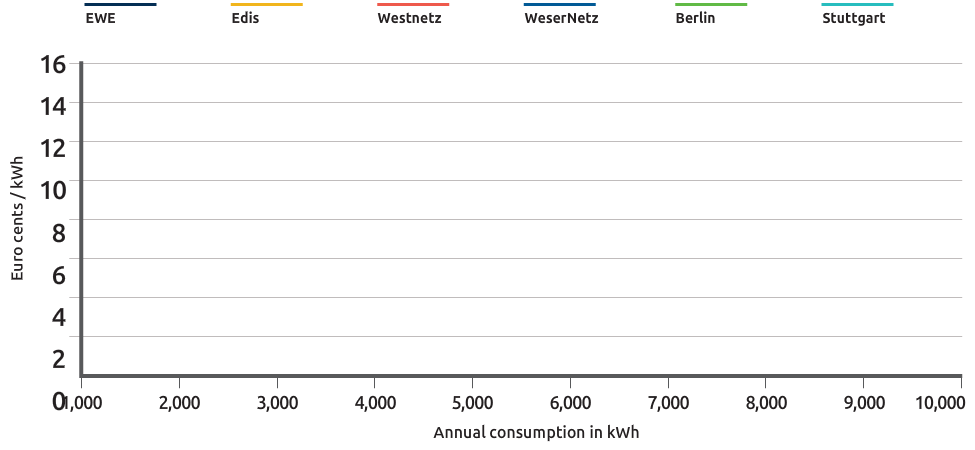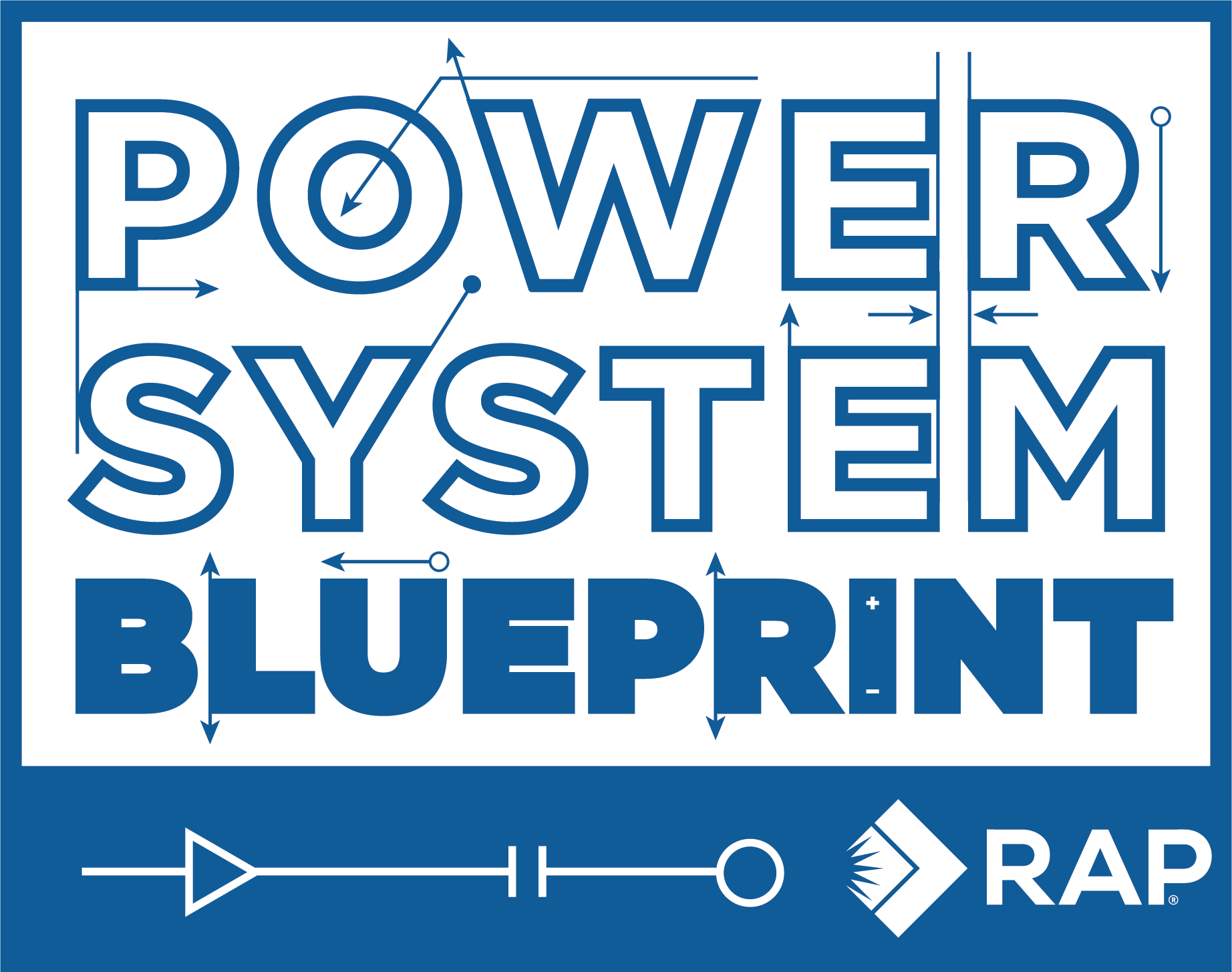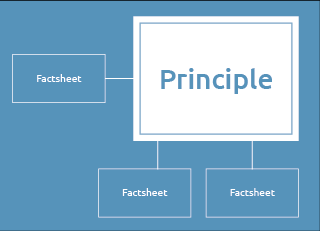SUMMARY
Network tariffs, presented ahead of the energy crunch, represent a considerable share of our energy bills, in the EU 25% on average. The way network tariffs are designed defines the incentives for consumers in influencing how much electricity they consume and are willing to save by altering their consumption habits. Tariffs therefore influence long-term grid and system costs. Time-differentiated, locational and even bidirectional network tariffs (in this order of priority) are the key measures to develop a decarbonised power system at least cost.
WHAT
Pricing networks by utilisation
HOW
Institute mandatory TOU network fees
WHO
NRAs and DSOs
WHEN
TOU immediately, moving towards dynamic prices
Smart network tariff design is key to activate demand-side flexibility, integrate prosumers (users who both consume and produce energy) and optimise utilisation of networks. The so-called Clean Energy Package requires of Member States, once smart metering is in place, that regulatory authorities shall consider time-differentiated network tariffs to reflect the use of the network in a transparent, cost-efficient and foreseeable way for the final customer (Article 18 Paragraph 7 of the Electricity Regulation).
The differentiation of network charges by the direction of power flow, consumption from the grid versus feed into the grid, is recommended as well (Article 15, Paragraph 2e). Today, network tariffs in most EU countries are not well designed to support the journey to a cost-efficient and clean energy system. ACER has found that although Europe is still very heterogeneous in this respect, in almost all Member States, fixed (monthly or annually) and demand (peak demand in a defined time, e.g., monthly) charges as well as flat charges are well known and, in some jurisdictions, are dominant. Only a handful of Member States have implemented time-differentiated tariffs at the distribution level as well as at the transmission level.
Cost reflectivity in prices is a principle for network cost allocation, but it is often interpreted as recovering the fixed cost of past investments among current users, for example, via fixed fees. But fixed fees do not promote efficiency or equity because consumers who use the grid efficiently pay the same for the use of shared grid infrastructure as those who do not. Customers whose consumption is highest during hours of lower network utilisation pay the same amount for shared infrastructure as those whose highest consumption contributes directly to peak system demand. This also disproportionally burdens low-income customers, who tend to use less electricity but whose bills contain a larger proportion of these unavoidable costs.
The distributional effect of fixed fees
A uniform fixed tariff tends to shift costs from high-use consumers in a consumer group to low-use ones in proportion to their use of the infrastructure. In Germany, per unit of energy delivered, low-use consumers can pay up to 2.5 times more for network costs compared with high-use consumers.
Figure 1. shows the network costs paid per kWh of electricity for low-energy to high-energy consumers in six German power distribution territories. The graph isolates the effect of fixed fees through inclusion of the Stuttgart, which is the only distribution territory of the six that does not apply any fixed fees. The costs of the network in Stuttgart is relatively equal for energy consumers across all consumption levels. In the other five distribution territories, the lowest-energy consumers pay significantly more per kWh for infrastructure than high-energy consumers.
Figure 1. Network costs per kWh as a function of annual electricity consumption

Sunderland, L., et al. (2020). Equity in the energy transition: Who pays and who benefits? Regulatory Assistance Project.
Future costs, however, are strongly driven by expected use. These, in turn, can be steered by tariff incentives. The use of increasing flexibilities can be applied in different ways. To maximise social benefit, network tariffs must reflect long-term marginal system costs for consumers and prosumers. Increasing numbers of distributed energy resources (DERs) will lead to congestioncongestion Whenever a particular element on the transmission or distribution network reaches its limit and cannot carry any more electricity. Also a situation where trade between two bidding zones cannot be fully accommodated because it would significantly affect the physical flows on network elements that cannot accommodate those flows. challenges within certain parts of the distribution networks. Since some are driven locationally by feed-in and others by load, smart fees must become granular or even bidirectional to charge the responsible users in an appropriate way.
Fixed charges drive inefficient consumption, higher costs
Fixed charges for the use of distribution networks take the power out of consumers’ hands, discouraging energy efficiency, demand response, and self-generation.
When applied discriminately to emerging groups of consumers—like electric-vehicle owners or people who install solar panels—they promote consumption at times of stress on the grid and increase costs to all by driving excessive grid investment.
Figure 2. Fixed charges drive inefficient consumption, higher costs

Source: Regulatory Assistance Project. (2017). Fixed charges impede progress & drive up costs of the clean energy transition.
Key Recommendations
- Remove unfair fixed charges and demand charges and use volumetric network tariffs.
- With smart meters, mandate year-ahead time-of-use (TOU) pricing of structural peak load on certain part of distribution and transmission networks to avoid an increase of peak demand/congestion and the need for network extension.
- Explore the options and chances of locational and bidirectional network pricing.
- Kick off pilot projects of dynamic pricing, such as day ahead, intraday or real time, as well as projects on the right price spread of peak, shoulders and off-peak or even negative fees (e.g., if higher benefit is provided through avoided RES curtailmentcurtailment The reduction of power output of specific generators by the system operator on grounds of maintaining grid stability and system safety, often in exchange for compensation.).
References and Further Reading
- Kolokathis, C., Hogan, M., & Jahn, A. (2018). Cleaner, smarter, cheaper: Network tariff design for a smart future. Regulatory Assistance Project.
- Lazar, J., Chernick, P., & Marcus, W. (2020). Electric cost allocation for a new era: A manual. Regulatory Assistance Project.
- Maier, U., Peter, F., Jahn, A. & Hildermeier, J. (2019). Distribution grid planning for a successful energy transition – focus on electromobility. Agora Verkehrswende, Agora Energiewende and the Regulatory Assistance Project.
- Regulatory Assistance Project. (2017). Fixed charges impede progress & drive up costs of the clean energy transition.
- Agency for the Cooperation of Energy Regulators. (2019). ACER practice report on transmission tariff methodologies in Europe.
- Agency for the Cooperation of Energy Regulators. (2021). ACER reports on electricity distribution tariff methodologies in Europe and recommends how to improve them.
- Agency for the Cooperation of Energy Regulators. (2023). Report on electricity transmission and distribution tariff methodologies in Europe.
- European Commission. (2016). Report from the Commission to the European Parliament, the Council, the European Economic and Social Committee and the Committee of the Regions – Energy prices and costs in Europe
- European Commission. (2019). Regulation (EU) 2019/943 of the European Parliament and of the Council of 5 June 2019 on the internal market for electricity.
- International Renewable Energy Agency. (2019). Time-of-use tariffs: Innovation landscape brief.
- Smart Electric Power Alliance. (2019). Residential electric vehicle time-varying rates that work: Attributes that increase enrollment.
- Sunderland, L., Jahn, A., Hogan, M., Rosenow, J., & Cowart, R. (2020). Equity in the energy transition: Who pays and who benefits? Regulatory Assistance Project.
- Published:
- Last modified: August 13, 2024

 Quick guide on how to use this website:
Quick guide on how to use this website: